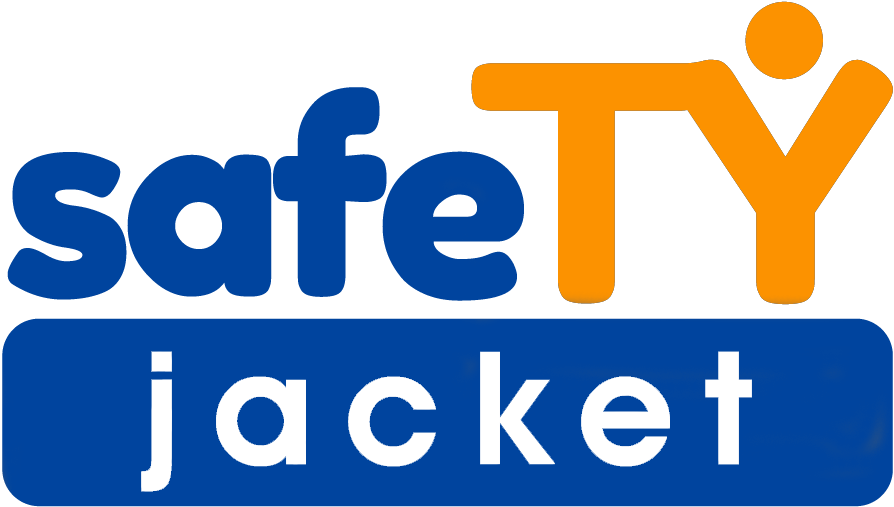There are 3 types of identifiers that you will receive: NFC Key Fobs, NFC Stickers, and ID cards with personalized QR codes. You will receive the following amount of each identifier:
4 Key Fobs
3 Stickers
2 ID cards
Identifiers should be used in a way that maximizes the chances of a first responder seeing them. This will look different for each individual. ID cards can be worn as lanyards or put into pockets and/or wallets. Key Fobs can easily be attached to shoelaces, coat zippers, and backpacks. Stickers are often visible on back windshields and communication devices.
Near Field Communication (NFC) is the same technology used in tap-to-pay credit cards. The tags contain a small wire and antenna that respond to magnetic field put forth by NFC sensors. When this magnetic field reaches the wire, it causes the tag to trigger and respond by sending information back to the sensor via the enclosed antenna.
No, NFC tags do not allow for tracking. NFC tags do not produce their own signal and are only triggered by the magnetic field that NFC sensors produce. NFC sensors must be within 6 inches of an NFC tag in order to trigger a response.
Information sharing practices refer to how first responders can see the information shared in an application. The information in an application is turned into a file, called a jacket, that first responders see when they search an individual’s name, address, or license plate. When a first responder opens an individual’s safeTY jacket, they will find a short paragraph about the individual and a photo of them.
